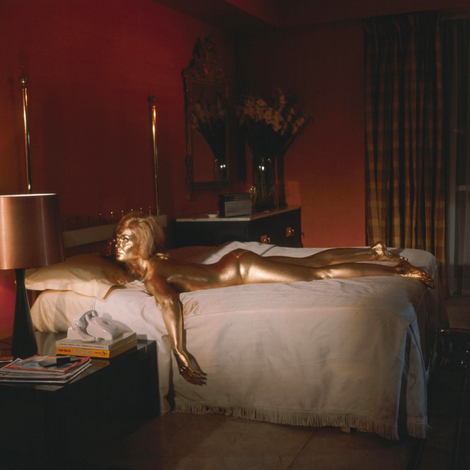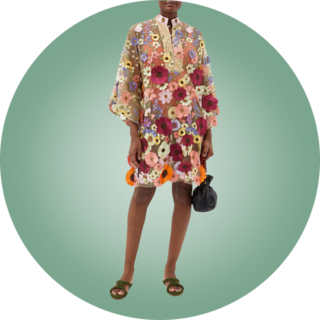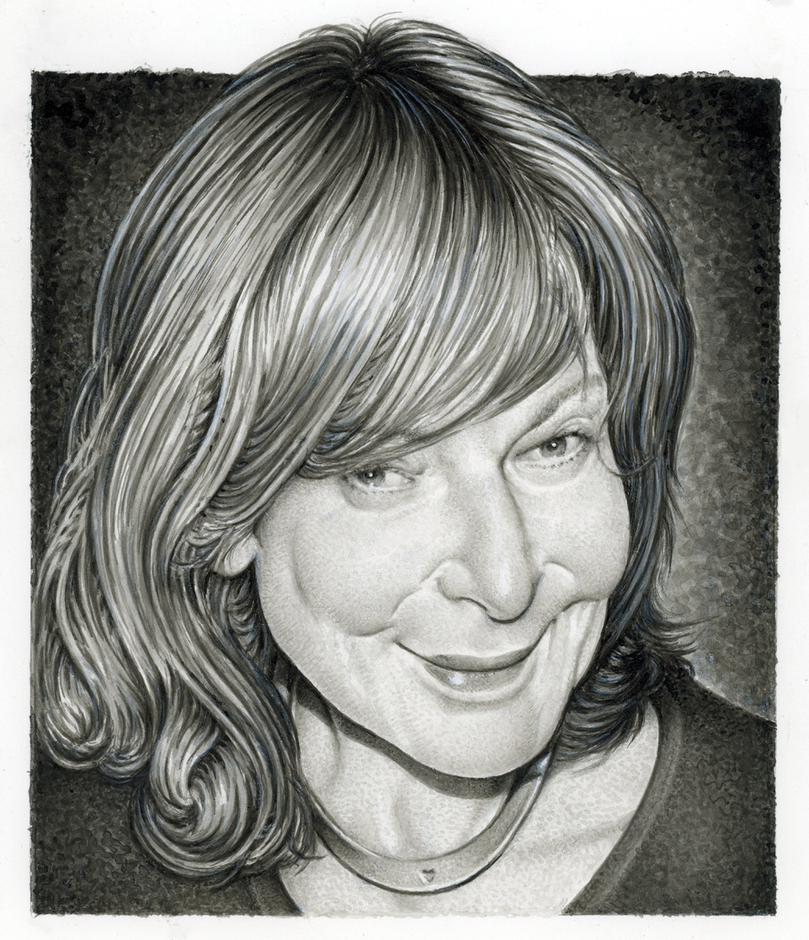

A Guide to the Venice Biennale
The Venice Biennale officially opens today, a sensory overload of art that will twist your mind and reshape your thoughts. READ ON
René Magritte’s 1945 painting Black Magic is on view at the 59th Venice Biennale.
Read On
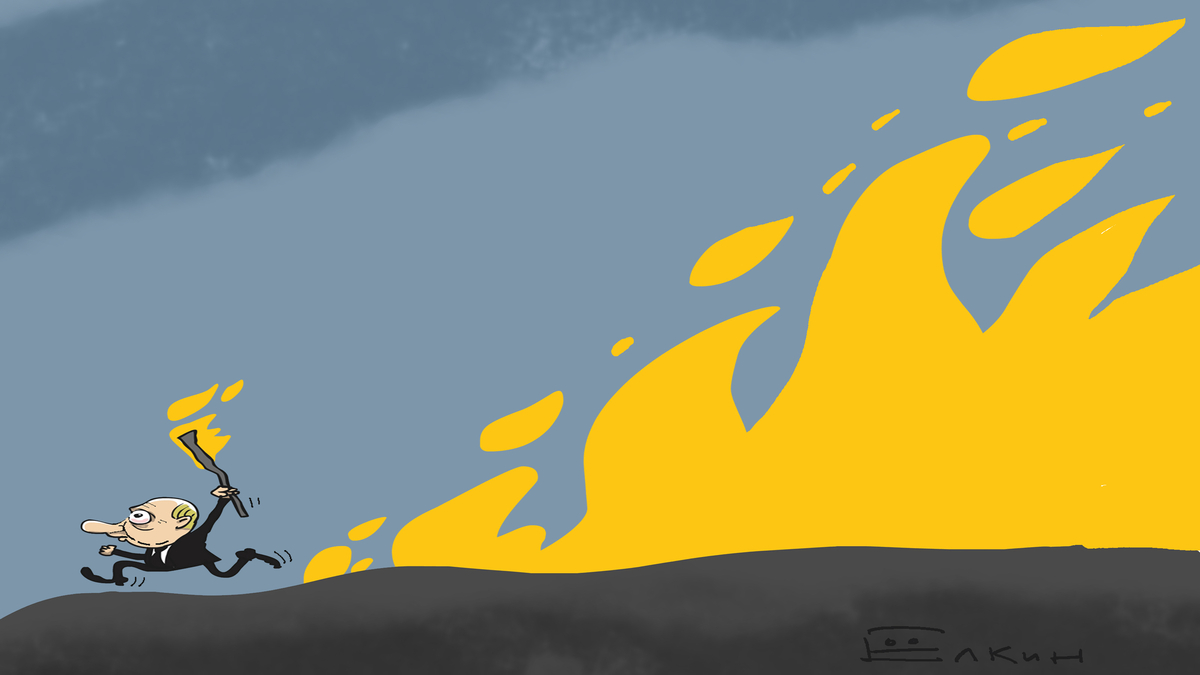




A Grand Tour of Italy, but Make It Modern The intimate, under-the-radar homes and studios of 20th-century Italian architects, artists, and designers, from Achille Castiglioni and Gae Aulenti to Giorgio Morandi, are as stunning as the country’s ancient and Renaissance treasures. And they’re open to the public


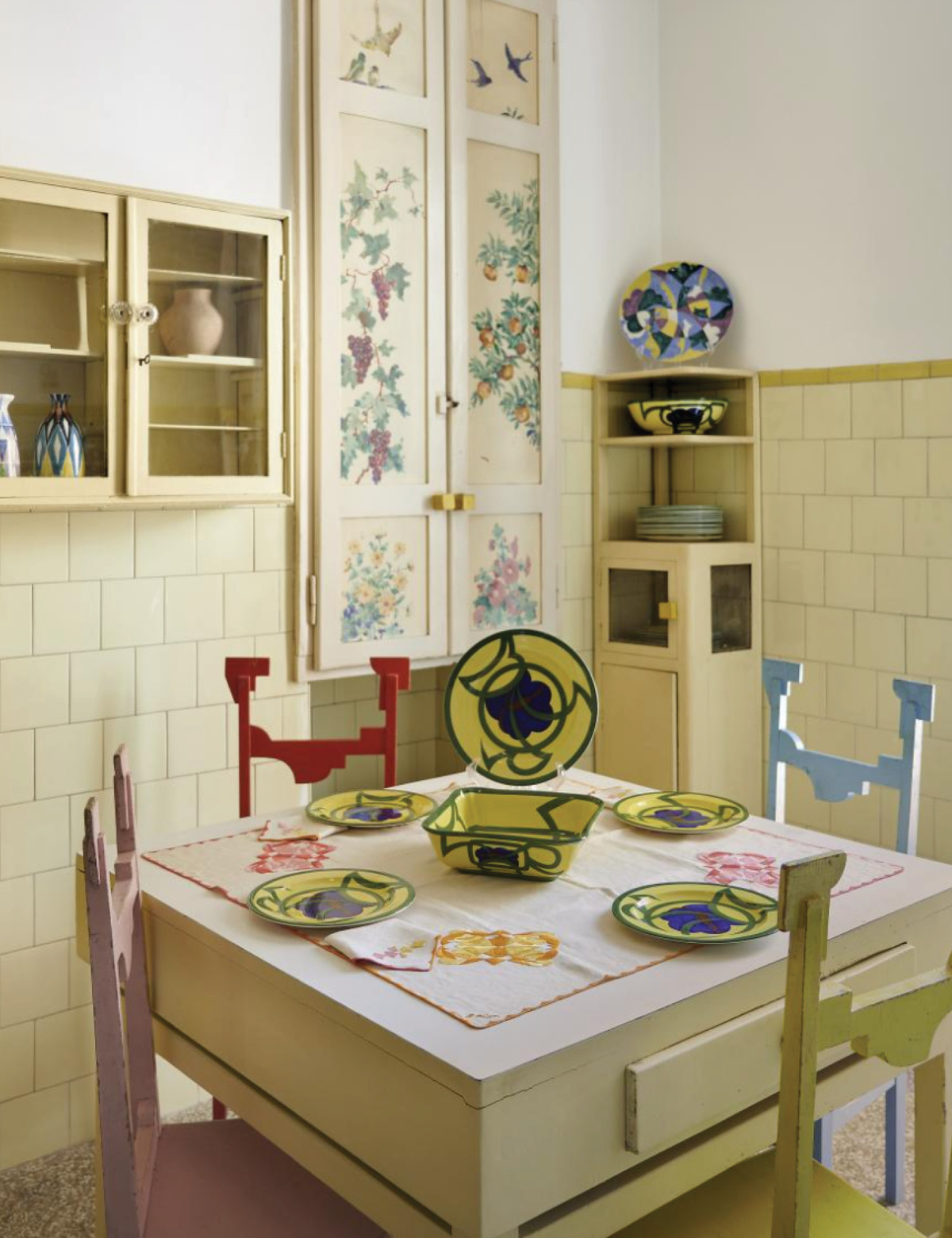


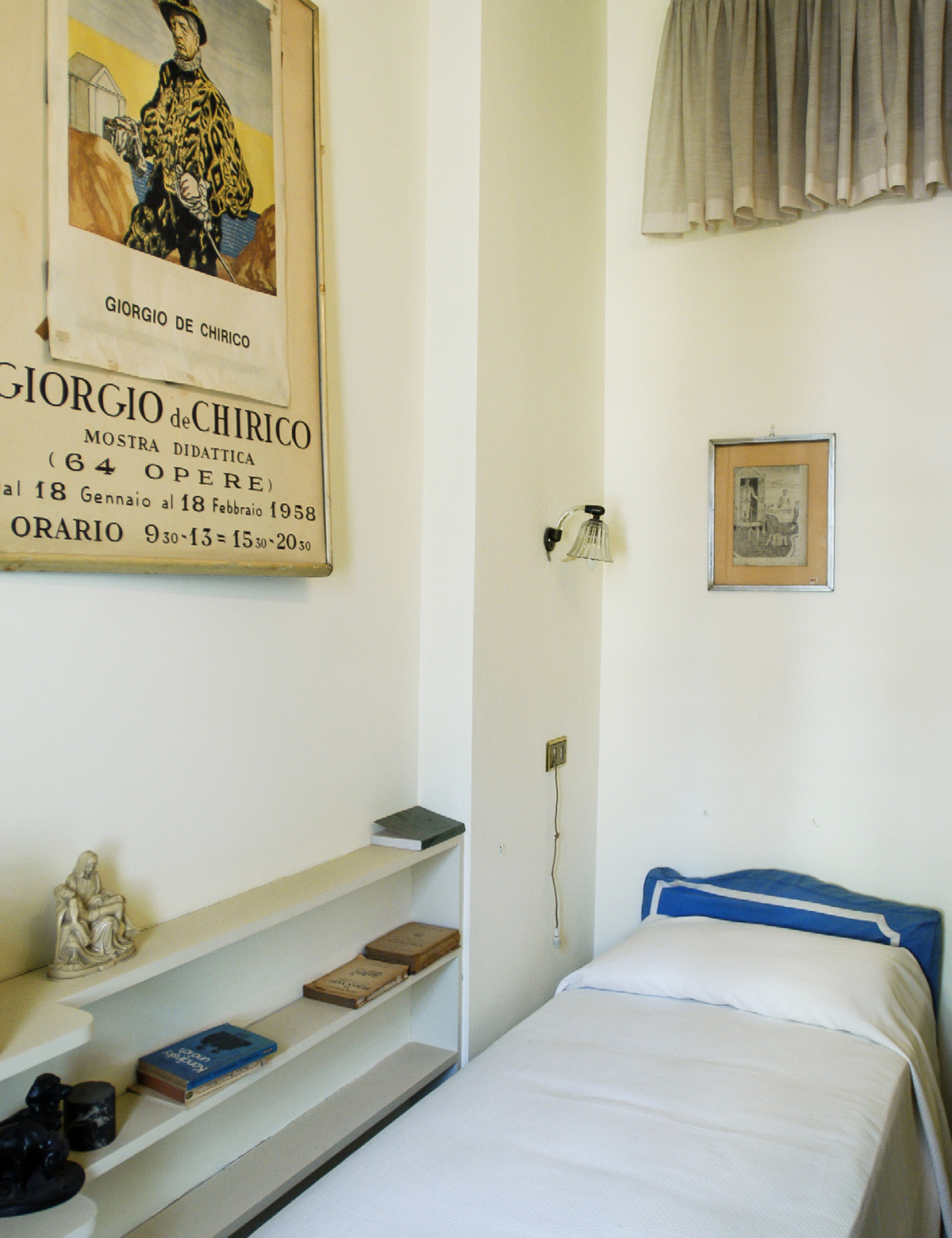
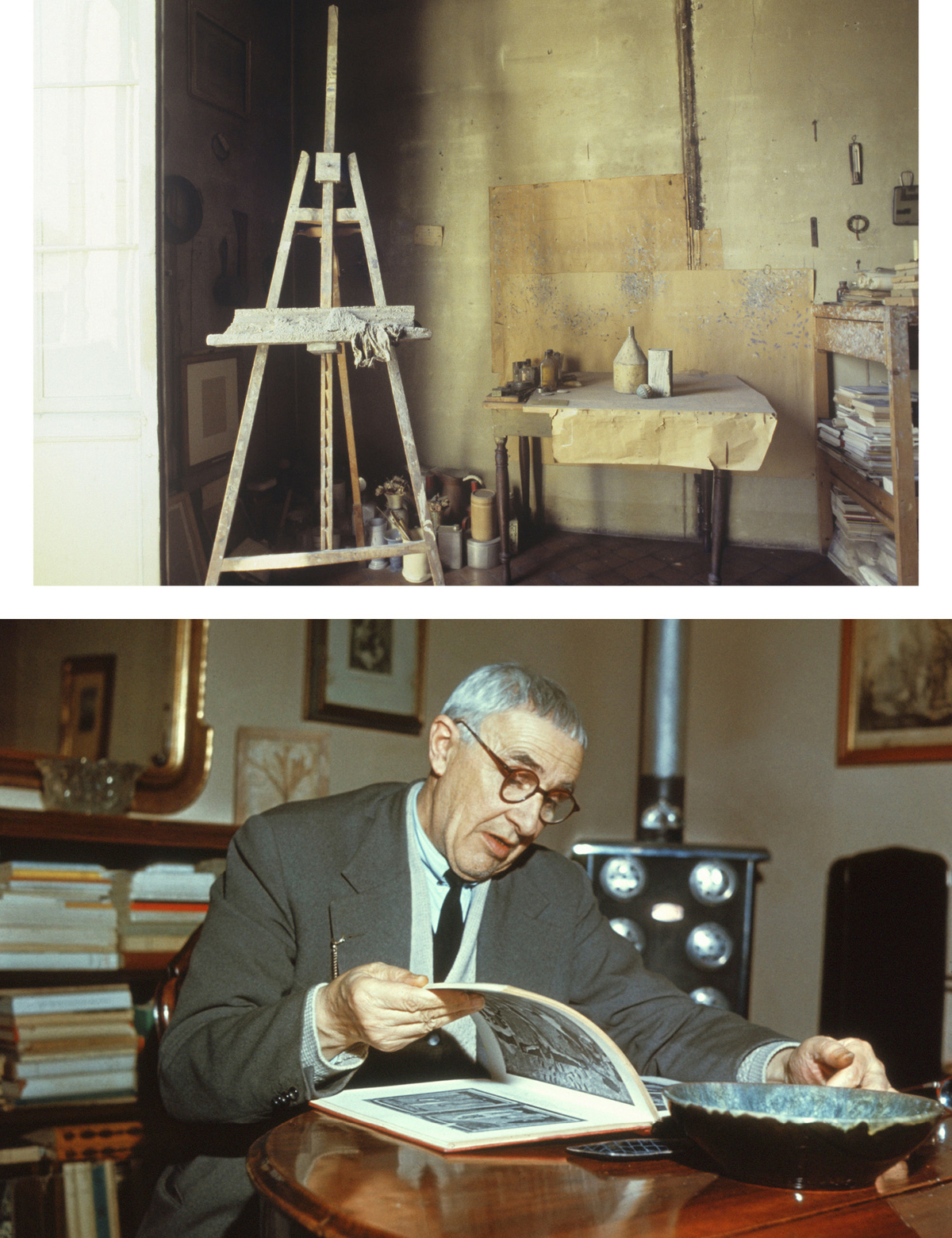
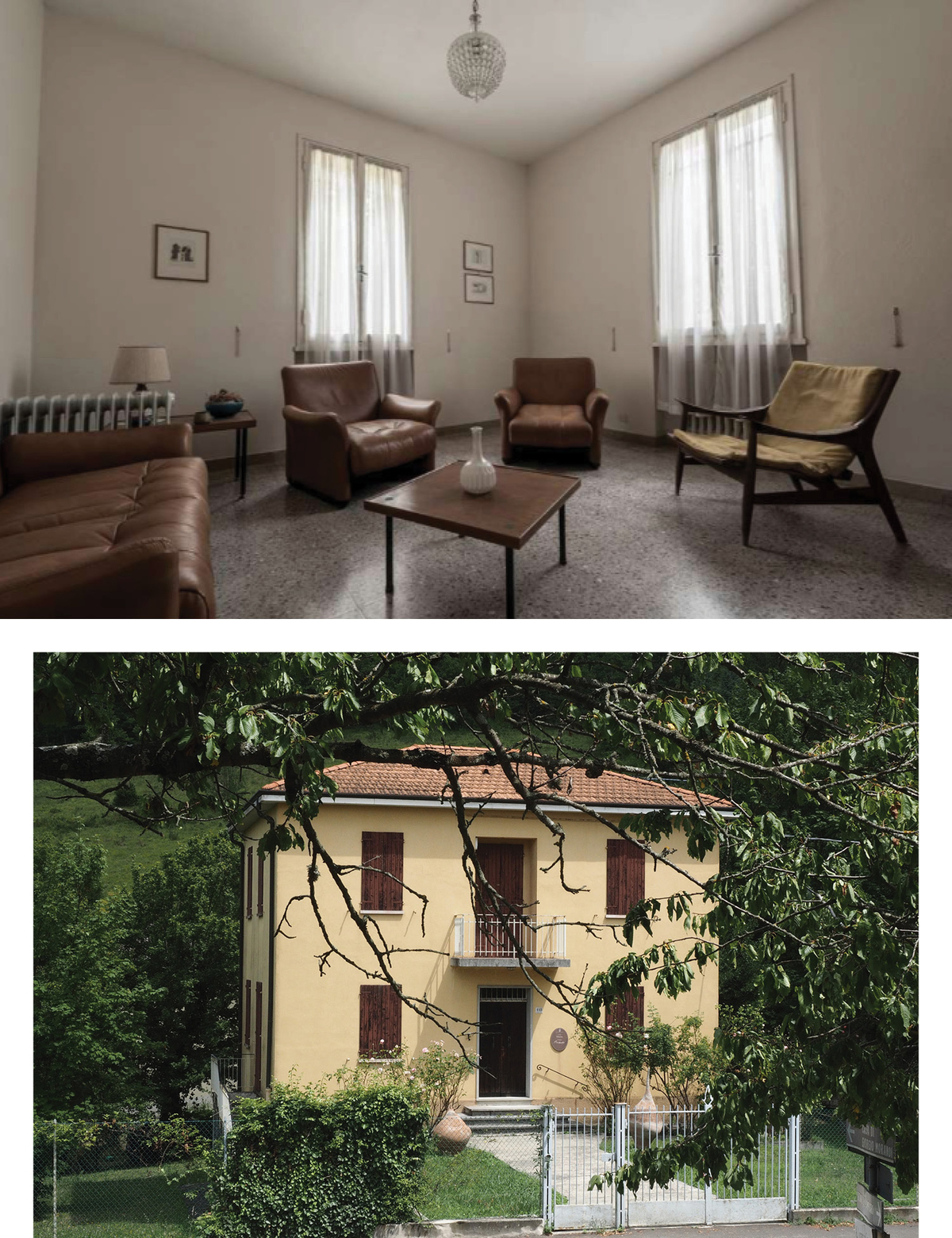


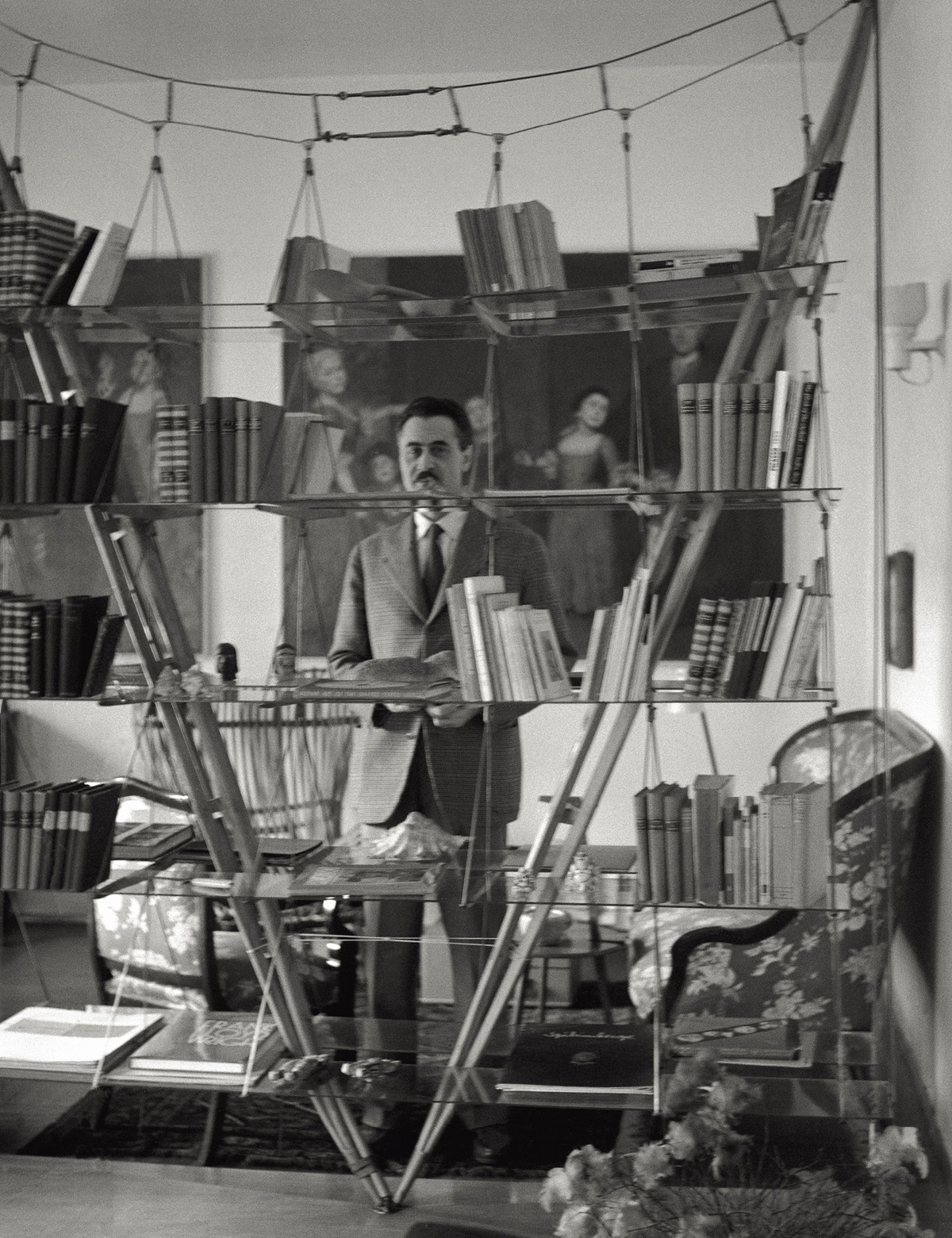




Was Founded By
Graydon Carter and Alessandra Stanley
Deputy Editors
Ashley Baker Chris Garrett Michael Hainey Nathan King Julia Vitale
Design Director
Angela Panichi
Chief Technology Officer
John Tornow
Books Editor
Jim Kelly
Arts Intel Report Editor
Laura Jacobs
Features Editor
Ash Carter
Executive Editor
David Foxley
Consulting Editor
Brendan Burford
Photo Director
Ann Schneider
Associate Editors
Elena Clavarino Jensen Davis Coco Paul-Henriot Elinor Schneider Roxy Solis
Art Director
Paloma Huerre
Columnists
Cazzie David
Emma Freud
Lisa Henricksson
Walter Isaacson
Pico Iyer
Rachel Johnson
John Lahr
Jonathan Margolis
Douglas McGrath
Linda Wells
James Wolcott
Writers at Large
Lili Anolik Joseph Bullmore Vassi Chamberlain William D. Cohan Rich Cohen Stuart Heritage George Kalogerakis Sam Kashner James Kirchick Alexander Lobrano Alexandra Marshall
Contributing Artists
Monica Ahanonu Barry Blitt André Carrilho Paul Davis David Downton Andrea Ferolla Josh Gosfield Cathy Graham Duncan Hannah Eric Hanson Angelica Hicks Pip Johnson Hilary Knight Danielle Kosann Michael Lindsay-Hogg Ross MacDonald Joe McKendry James McMullan Donald Robertson Charles Dare Scheips Grant Shaffer Ed Sorel Ralph Steadman
International Editor
Isabelle Harvie-Watt
London Editor
Bridget Arsenault
Architectural Consultant
Basil Walter
Communications Director
Monika Camara Batista
Head of Audience Development
Rachel LeSage
Cartoon Editor
Bob Mankoff
Music Supervisor
Randall Poster
Copy Editor
Adam Nadler
Research & Legal Editor
Matt Kapp
Photo Editor
Emine Gozde Sevim
Production Editor
H. Scott Jolley
Designer
Zoé Gillette
Technology
Brooks Oakley Justin Rubaloff Sade Singleton
Intern
Gasper Tringale-White
Chief Marketing Officer
Emily Davis
Shop General Manager and Brand Partnerships
Anjali Lewis
Advertising Director
Michael Pescuma
European Sales Director
Selim Mataraci
Integrated Marketing Producer
Alex Dickerson
Account Manager
Dillon Freeman
Integrated Marketing Manager
Georgia Karakostas
Financial & Business Operations
Marc Leyer
Chief Strategy Adviser
Adam Mendelsohn
In Memoriam
Richard David Story Peter Bogdanovich André Leon Talley
our links, AIR MAIL may earn an affiliate commission.
